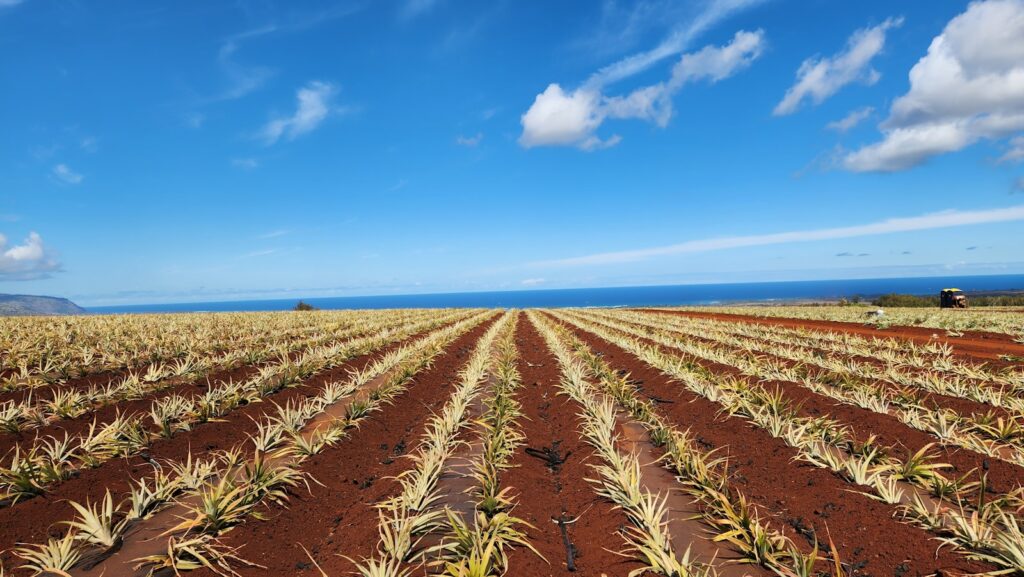The isolated Hawaiian Islands, once home to a unique Polynesian culture and society, were forever transformed by the rise of sugar and pineapple plantations beginning in the mid-19th century.
These lush tropical outposts rapidly became the center of a thriving export trade that drew in streams of immigrant laborers from around the world to work the fields.
While the demanding work and pervasive inequality left scars, the shared experience of plantation life also forged bonds between ethnic groups that contributed to Hawaii’s multicultural identity.
The seeds of this plantation era were planted with the arrival of American businessmen, missionaries and whalers to the Hawaiian Kingdom starting in the early 1800s. By establishing hotels, stores and churches, they introduced Western goods and values that began to undermine the traditional social order.
When sugar cultivation took off in the 1860s on Maui and other islands, it launched an agricultural boom. Sugar and pineapple companies snapped up large tracts of land for their operations. Rail lines were laid to connect plantations to coastal ports to facilitate exports abroad.

Hawaii’s Thriving Sugar Industry
The capital invested into Hawaii’s sugar plantations resulted in tremendous profits during the late 1800s as sugar became a globally traded commodity in high demand.
To provide the vast manual labor required, a migrant workforce arrived from China, Japan, Portugal and the Philippines imported under labor contracts. They signed up for steady plantation work as an escape from poverty at home, albeit often under back-breaking conditions.
Workers put in long days cutting sugar cane in fields beneath the tropical sun or operating mills to process cane into raw sugar. Living quarters were segregated by ethnicity in camp structures or villages on plantation land.
The sugar companies exerted strong control, spurring the need for labor organizing. By the 1930s, a few dominant players like Alexander & Baldwin and C. Brewer controlled vast swathes of Hawaii’s agricultural sector focused on sugar production.
Pineapple Powerhouse of the Pacific
Alongside the sugar operations, pineapple cultivation also took off during this plantation era. Seeking cheaper land and labor, James Dole established one of Hawaii’s first commercial pineapple plantations in 1901 on the island of Oahu.
He founded the Hawaiian Pineapple Company, which became the namesake Dole Food Company. Demand exploded for canned Hawaiian pineapple in the continental United States.
As pineapple plantations expanded across the islands, companies shifted from imported labor to hiring local Hawaiian residents. Many towns and infrastructure developed around the leading pineapple firms.
Dole and later Del Monte became giants in pineapple growing, suppling major canning facilities as output peaked in the 1950s. Hawaii’s pineapple exports were surpassed only by sugar cane. Five corporations, the infamous Big Five oligopoly, came to dominate the intertwined sugar and pineapple industries.
Multiethnic Melting Pot
The waves of imported labor from Asia and Europe left an indelible mark on Hawaii. As the 19th century ended, contract labor gave way to free immigration.
Many chose to remain after their plantation tenures ended, shifting to growing towns and cities. Hawaiian-Chinese populations intermarried, fusing cultural traditions. The multiethnic melting pot also included Koreans, Puerto Ricans and other groups.
The blended society seen today emerged out of the languages, food, music and beliefs transplanted from abroad mixing with native Hawaiian culture.
Workers found common ground struggling under the plantation system, though prejudices and inequality caused tensions between ethnic groups historically.
Unions organized across plantations and industries, securing improved rights and working conditions. A unique mixed dialect known as Pidgin also developed, combining English with the languages of immigrant groups.
Statehood Changes the Game
The winds of change swept across Hawaii by the mid-20th century, triggered by social, technological and economic shifts. Commercial jet travel expanded visitor arrivals to the islands tenfold as word spread of Hawaii’s natural paradise.
The new tourism sector began supplanting the plantation economy. World War II also provided jobs and stimulus, as military bases and operations enlarged considerably boosting the islands’ strategic value.
However, sugar and pineapple production started a steep decline facing lower-cost foreign competition and rising domestic labor costs. Efforts to mechanize fieldwork were of limited success. Many plantations could not sustain operations, with over half closing down between 1947 and 1973. This ravaged towns built around plantations, sparking migration.
Against this backdrop, Hawaii finally became the 50th state in 1959 after intense controversy over whether Americans could accept an ethnically diverse state. Statehood helped strengthen the political voice of Native Hawaiians, Asian Americans and other non-white groups through increased participation and legal rights. It also brought Hawaii more firmly into the national economy.
The shared experience working and living together on plantations remained a strong binding force through all the changes. It engrained cooperation across Hawaii’s ethnic mosaic. This became a cultural asset differentiating the islands from the mainland. The plantation history laid the foundations for Hawaiians of all backgrounds to coalesce as a people seeking self-determination increasingly.
Legacy
The legacy of the sugar and pineapple boom remains etched into the landscape and society of contemporary Hawaii. While economic inequality and racial wounds persist in some corners, cooperation and understanding between cultures endure as a core value.
The shared history of toiling in the fields and factories continues to bind Hawaii’s remarkable diversity together. Hawaii’s tradition of multicultural harmony and aloha spirit continues even as the state evolves in the 21st century.
Resources:
- The University of Hawaii West Oahu: Plantation Era: https://www.uhwestoahuonlineexhibitshonouliuli.com/plantation-era
- Densho Encyclopedia: Plantations: https://densho.org/catalyst/
- Library of Congress: Hawaii: Life in a Plantation Society – Japanese: https://www.loc.gov/item/11011588/
- Wikipedia: Sugar plantations in Hawaii: https://en.wikipedia.org/wiki/Sugar_plantations_in_Hawaii
- Bishop Museum: https://www.bishopmuseum.org/
- National Park Service: Kalaupapa National Historical Park: https://www.nps.gov/kala